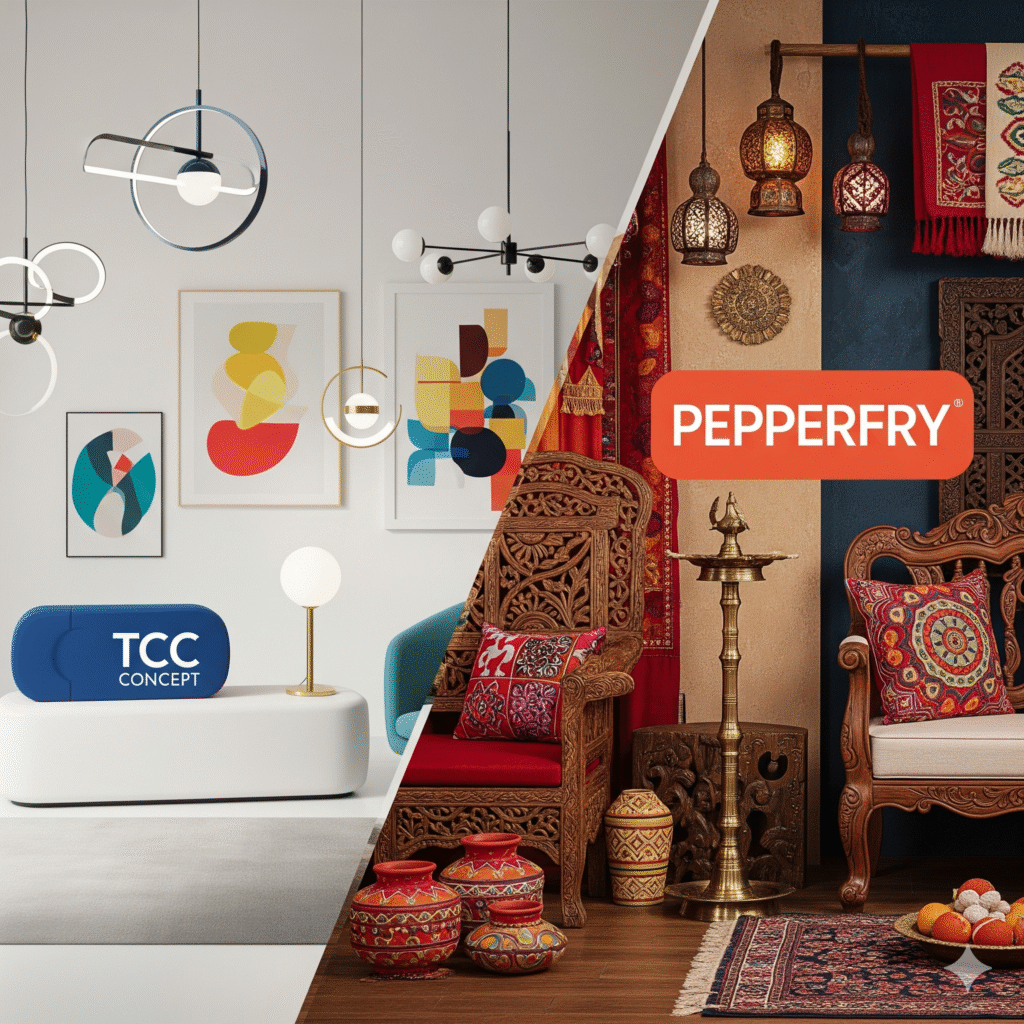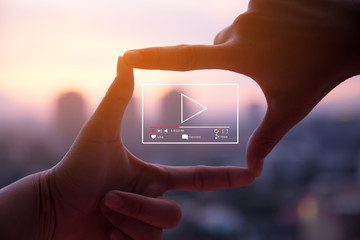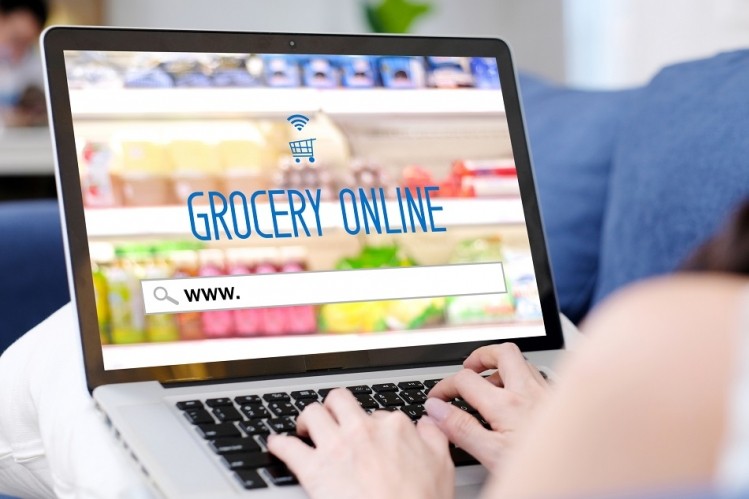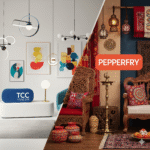Now Reading: Crucial tips to escalate personalization in retail industry
-
01
Crucial tips to escalate personalization in retail industry
Crucial tips to escalate personalization in retail industry
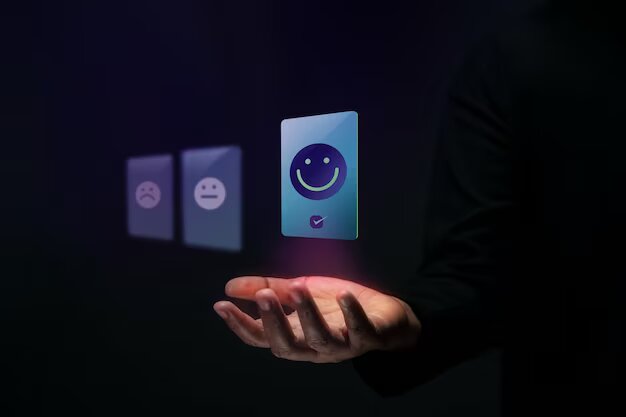
Personalization of goods and services can also be challenging in this fast moving world. Acing with the rise in innovation and technology can be a tough battle to fight, as, customers are now expecting what was once a surprise-and-delight experience. In a way the demand or personalization stakes have risen to a higher level. Retail brands must focus on their customer’s fluctuating needs and preferences in order to stand out as a brand.
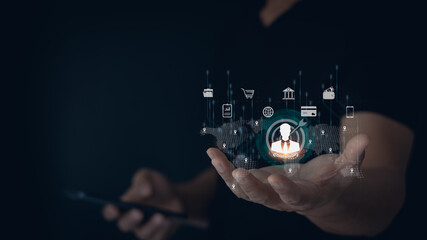
Personalization in retail is about making every touchpoint of the shopping journey unique for the customer. Its the key for a brand to build relationship with customers. Using appropriate analyzation and personalized information about customer’s needs and preferences, brands can escalate personalization of its goods and services and hence increase their sales.
Here are 15 key tips for implementing better personalization in retail to enhance the retail experience by tailoring interactions, offerings, and recommendations to individual customers’ preferences and needs:-
1.Collect Comprehensive Data: Gather relevant customer data, including purchase history, browsing behavior, demographics, and preferences. This forms the foundation for effective personalization.
2.Use AI and Data Analytics: With the launch of AI, gaining information has now become much more easier. Utilize artificial intelligence (AI) and data analytics tools to analyze customer data and derive insights that inform personalized recommendations and strategies.

3.Segmentation: Divide your customer base into segments based on shared characteristics or behaviors. This enables you to create targeted offers and messages for each group.
4.Personalized Recommendations: Provide customers with product recommendations based on their browsing history, past purchases, and similar customer profiles.
5.Dynamic Content: Display content that adapts to individual users, such as product recommendations, banners, and messages that change based on their preferences.
6.Customize Email Campaigns: Tailor email communications with personalized subject lines, content, and product recommendations based on customer behavior.
7.Location-Based Personalization: Use geolocation data to offer customers location-specific promotions or recommendations, enhancing their shopping experience. Like if they are near channel perfume store, you could recommend that store, sharing its location. This way customer would be encouraged to at least check out that particular store.

8.Loyalty Programs: Create loyalty programs that offer rewards and benefits based on individual customers’ purchase history and engagement levels.
9.Responsive Web Design: Ensure your website is responsive and adapts to various devices, providing a seamless and personalized experience regardless of how customers access it.
10.User-Generated Content: Showcase customer reviews, photos, and testimonials to build trust and show potential customers how others are benefiting from your products.
11.A/B Testing: Experiment with different personalization strategies through A/B testing to determine what resonates best with different customer segments.
12.Social Media Personalization: Use social media platforms to engage with customers personally, respond to their comments, and provide tailored content.
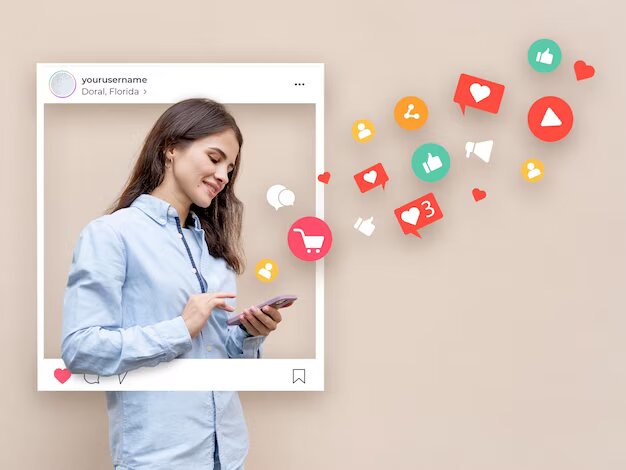
13.Personalized In-Store Experiences: Implement technologies like beacons or RFID tags to recognize customers when they enter a physical store and offer personalized recommendations or discounts.
14.Contextual Marketing: Understand the context in which customers interact with your brand, such as time of day or device used, and tailor your messages accordingly.
15.Empower Customer Choice: Allow customers to control the level of personalization they receive. Provide options to adjust preferences, privacy settings, and communication frequency.
Effective personalization goes beyond addressing customers by their first names; it’s about understanding their preferences, needs, and behaviors to create a unique and valuable shopping experience. By implementing these tips, retailers can build stronger relationships with customers, enhance engagement, and drive higher customer satisfaction and loyalty.
Benefits of scaling personalization in retail industry
Scaling personalization in the retail industry can offer numerous benefits for both retailers and customers. Let us delve into some of them:-
1.Improved Customer Engagement:
- Personalized recommendations and content engage customers more effectively than generic offerings.
- Tailored product suggestions lead to higher click-through rates and longer time spent on a retail website or app.
2.Increased Conversion Rates:
- Personalized product recommendations can lead to higher conversion rates as they align with the customer’s preferences and needs.
- Customized offers and promotions are more likely to convert casual browsers into paying customers.
3.Enhanced Customer Loyalty:
- Personalization fosters a sense of loyalty as customers feel that the retailer understands their preferences and values their business.
- Loyalty programs can be personalized to reward individual customers based on their purchase history.
4.Higher Average Order Value (AOV):
- Personalized recommendations often result in larger shopping carts as customers discover relevant add-on products.
- Cross-selling and upselling become more effective when tailored to individual customer profiles.
5.Reduced Cart Abandonment:
- Personalized reminders and incentives can help reduce cart abandonment rates by encouraging customers to complete their purchases.
- Offering relevant alternatives for out-of-stock items can prevent customers from leaving the site empty-handed.
6.Better Inventory Management:
- Retailers can optimize their inventory by focusing on products that have higher personalization and recommendation scores.
- Predictive analytics can help retailers anticipate demand for specific products and adjust their stock accordingly.
7.Data-Driven Decision-Making:
- Personalization relies on data analytics and customer insights, enabling retailers to make informed decisions about product offerings, pricing, and marketing strategies.
- Real-time data can be used to adjust personalization strategies on the fly to adapt to changing customer behavior.
8.Enhanced Customer Experience:
- Personalization contributes to a more enjoyable and efficient shopping experience, reducing the time and effort required for customers to find what they need.
- Customized content and recommendations make customers feel valued and understood.
9.Competitive Advantage:
- Retailers that successfully scale personalization gain a competitive edge by offering a unique and tailored shopping experience.
- Customers are more likely to choose retailers that cater to their individual preferences.
10.Better Marketing ROI:
- Targeted marketing campaigns based on personalized customer data can yield higher returns on investment.
- Retailers can allocate their marketing budgets more efficiently by focusing on the most promising customer segments.
Overall, scaling personalization in the retail industry has the potential to drive customer satisfaction, loyalty, and revenue growth. To achieve these benefits, retailers need to invest in technology, data analytics, and customer relationship management to deliver tailored experiences across various touchpoints in the customer journey. Thus, this particular article specifically talks about the various ways to upscale customization and personalization and also its benefits.

